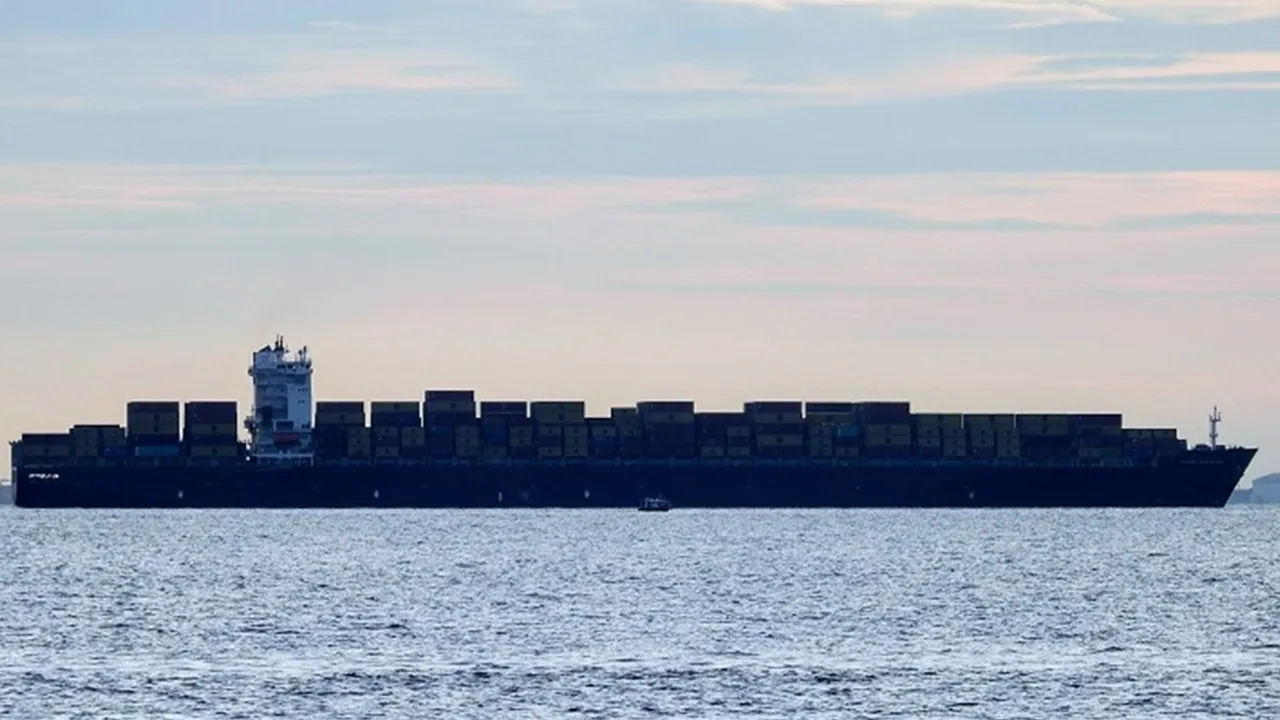Seatrade Maritime: Is a collapse of the container shipping market imminent?
Shippers and liner operators are facing yet more disruption to the global container trades with new fees expected as China’s retaliation, follows the decision by Washington to press ahead with Section 301 fees, and the likely resumption of Suez transits if the ceasefire in Gaza holds.
Cautious lines are not imminently expected to resume Red Sea transits, but the prospect is likely to be contemplated in the New Year if the second phase negotiations in the conflict between Israel and the Palestinians are successful. Even though the current outlook is bleak.
“The ceasefire in January did not prompt carriers to resume Red Sea transits due to concerns about the truce’s durability, which were validated when hostilities resumed in March,” HSBC reminded in its Global Freight Monitor report.
HSBC believes that carriers will require “a period of up to several months” before they will feel sufficiently confident to return to the Red Sea route and the Suez Canal, while noting that rerouting around the Cape of Good Hope has absorbed around 7% of global containership capacity.
Antonella Teodoro, a consultant at MDS Transmodal, estimates that around 140 ships of up to 1.5 million teu would be released into other trades if the Suez route is once again considered safe for navigation.
Overall, the direction of travel for the economics of container shipping remains uncertain, but if all the short-term converge challenges including port fee charges levied by the US on Chinese ships and retaliatory charges from China on vessels connected with the US, as well as the sudden and major influx of tonnage could see a return to loss making for the lines.
“It’s just the uncertainty that is rearing its ugly head again,” said analyst Darron Wadey from Dynamar, “On the US Trade Representative’s Section 301 service fees, with modifications, clarifications and even deferrals announced only a few days before they were due to come into effect, the situation is anything but settled.”
Nevertheless, Wadey accepts that many carriers already have plans in place to mitigate the port fees and that these changes will continue to be implemented regardless.
“As such, any jump in rates related to these responses should be limited in both time and money,” he said.
China’s Ministry of Transport announced on 10 October that Special Port Fees will be charged on vessels calling at Chinese ports that have a 25% US ownership, which could see Zim and vessels chartered from non-operating owners including Seaspan, SFL, Navios, Costamare and Global Ship Lease, said Linerlytica.
“The total fees could add up to $3.9 billion in the first year but the move may trigger significant disruptions as carriers try to shift some of their chartered ships out of Chinese ports or rationalise services in order to minimise the financial impact as average voyage costs will rise by more than $300/teu for the affected ships,” said Linerlytica’s latest weekly report.
But the greatest cost to the lines could be the potential collapse of freight rates which remains on the cards with new tonnage being delivered every month, and a potential influx of tonnage from the Red Sea diversions only offset by labour disputes in European ports, which is not significant enough to move the dial on spot rates.
In fact, Wadey said: “I can imagine that shippers involved in renegotiating contract rates would want to delay these discussions for as long as possible in the hope of securing better deals.”
He went on to say at the most extreme end of the scenario, if the bottom falls out of the freight market – “which, given how much capacity is running around, is not impossible – we could ultimately end up with spot rates being cheaper than contract rates.”
Although the collapse in the container market remains at the extreme end of the possibilities, most observers would put that scenario further into the future, perhaps well into next year, at the earliest.
For HSBC the view is that “the ceasefire remains a key risk. A potential breakdown in the truce could lead to a resurgence of Red Sea attacks and further delay the return to the Red Sea.”
At Dynamar the emphasis is on stable markets, “The one thing that business and industries all want is stability,” said Wadey, concluding, “Whilst there are promising signs this could be on the way, it is still not here. But if stability does arrive, I can’t see much positivity for the shipping lines in that regard: ironically, their recent financial successes have been built upon trade imbalances and supply-chain disruptions, none of which are of their making.”
Related Posts


